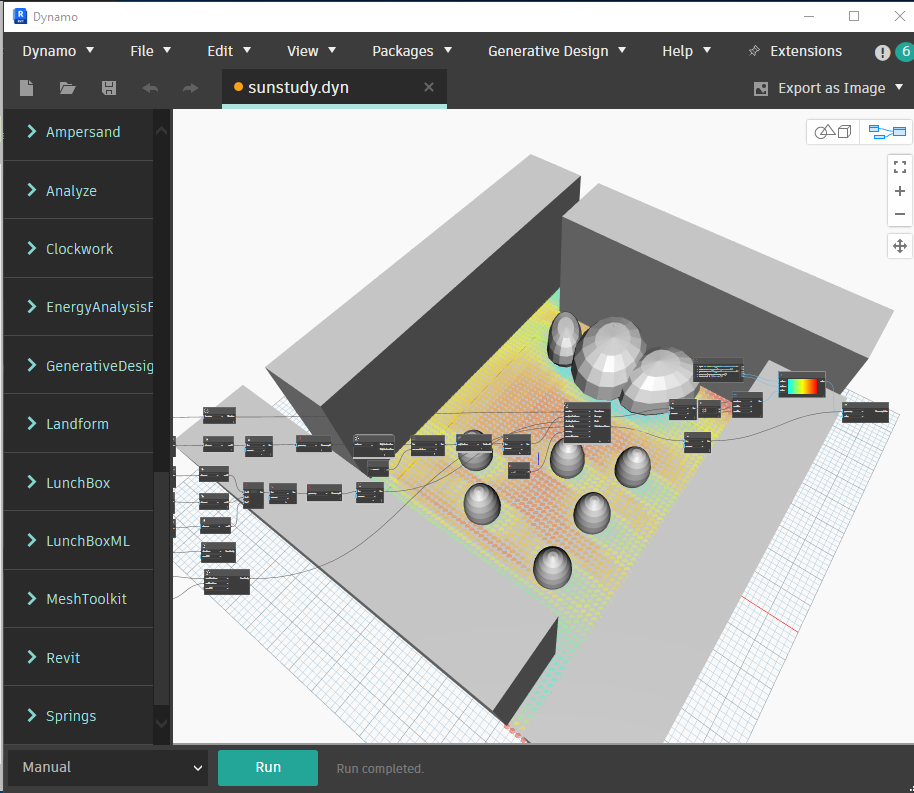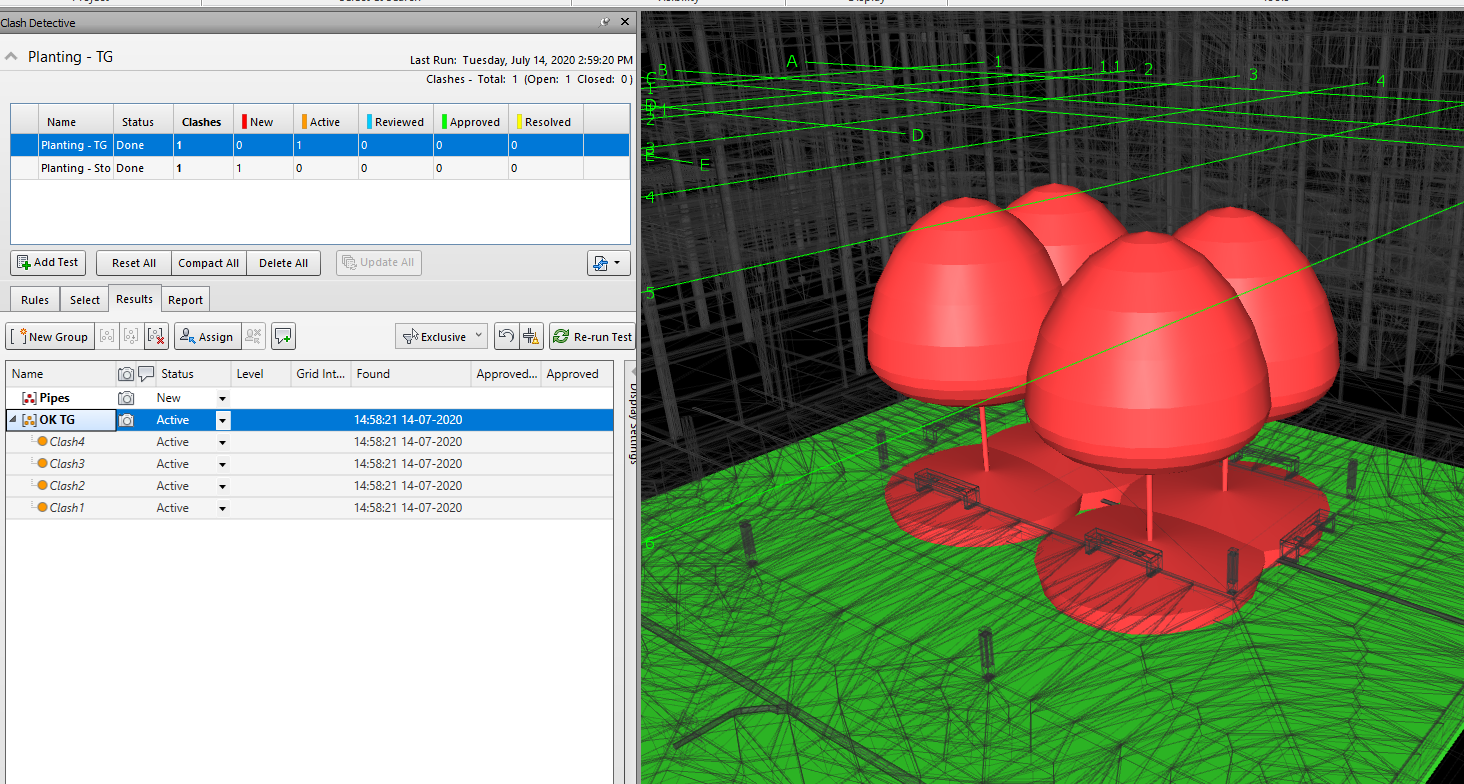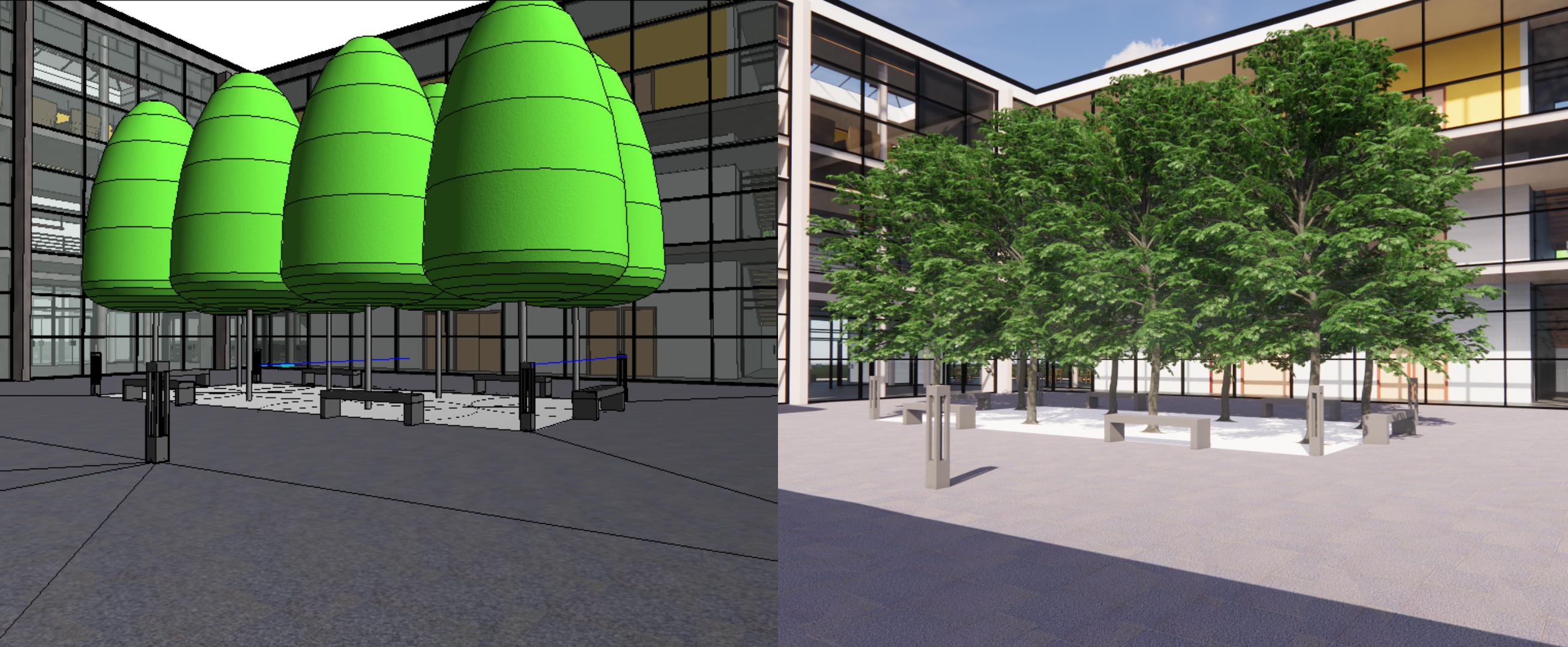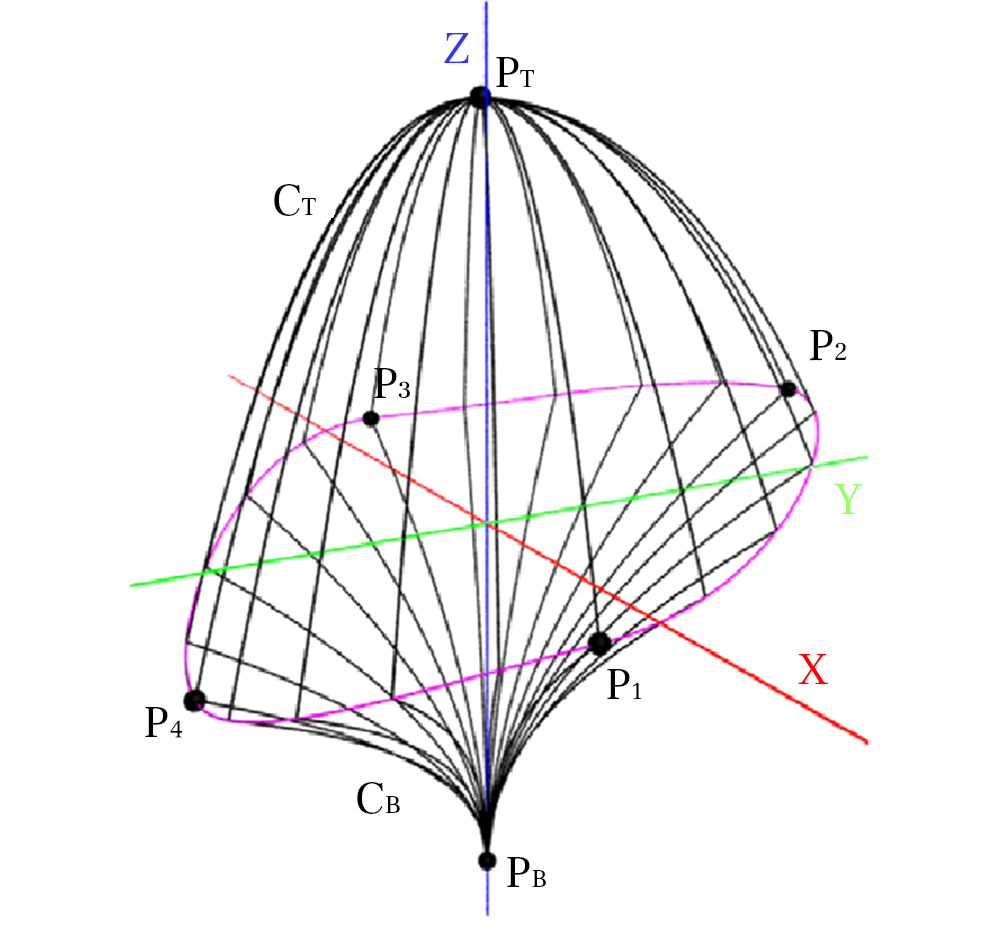bimTREEs - better planting design for BIM
Leveraging the benifits of BIM in planting design
with complete, parametric, dynamic BIM objects for trees and shrubs
Test version available

bimTREEs are available for test users. The free test set includes 5 trees with some selected sizes (free).
There is an extnded set available , that includes 50 trees and large shrubs with tree nursery stock information for Switzerland (license fee).
Please contact me at andreas.luka (at) alcbim.de
Leveraging the benifits of BIM in planting design
- Reduce errors and omissions thru clash detection above and below ground with predicted growth of crown and root
- Transparent cost estimation and correct specifications thru standardized tree nursery data
- Growth simulation start with size according to specified quality
- Analysis, simulation and optimization during planning process by coupling growth estimation with landscape performance dat (i.e. carbon dioxid sequestration)
- Improved collaboration thru standard compatible data exchange (COBie, IFC, cityGML, DIN)
- Improved site logistic and asset management from nursery to planting place thru creation of machine readable labels from BIM data and GPS tracking
- Handover of correct and complete information (positions, source, delivery data, planting data, contractor) to facility management
- Better communication with stakeholders thru VR created by streamlined process for replacement of BIM objects with high quality glTF objects
Ecosystem service analysis

Trees provide numerous ecosystem services to moderate microclimates and improve environmental conditions, including carbon storage, reduction of rainwater runoff, pollutant filtering, shading, cooling, and mitigation of heat island effects. Methods for measuring and predicting tree dimensions, including the crown projection area, crown volume, and leaf area, enable arborists, planners, and researchers to model the growth and benefits of urban trees. The fully parametric bimTREEs allow to ecosystem services over time based on predicted growth.
The science behind
- Crown models are based on the asymmetric hull model from Cescatti, simplified to symmetric forms described by well established tree meansurment data (Height, Height of clear stem, Largest crown radius, Height of largest crown radius) and adjusted for root volume
- Starting values based on selected tree quality at planting time derived from tree nursery stock data
- Chapman-Richards growth function separeted for each major parameter, based on on plant growth in nurseries and urban settings
- Unique identifier for each tree over complete lifecycle
Implemantations
- in Revit as family
- in Civil 3D as multiviewblock
- in Blender as Python script
Publications & presentations:
-
PlantingSMART: The Parametric Approach for Trees in BIM with Full Lifecycle Application
Andreas Luka, Yong Guo.
[J] JoDLA Journal of Digital Landscape Architecture; Issue 6-2021 - Presentation at Landscape Architecture Construction International Conference, Dec. 12-13, 2020
-
Smart BIM Trees: From Design Drawing to Construction Site
Andreas Luka, GUO Yong.
[J] Chinese Landscape Architecture; 2020-9
Team:
- Andreas Luka: Main Developer
- Prof. Peter Petschek, OST Rapperswil
- Prof. Guo Yong, Tsinghua University Beijing



